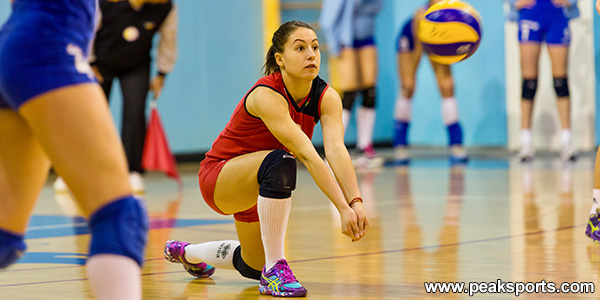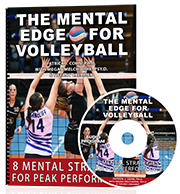This article was republished with the permission of Traning-Conditioning.com
Many teams hold training sessions or regular practice sessions in the early morning hours. Sometimes this is done out of necessity, other times coaches and strength/conditioning coaches believe it’s a good way to instill the value of hard work and determination their athletes.
But is it the best thing for your athletes?
Mike Nitka, longtime strength and conditioning coach and a Hall of Fame member of the National High School Strength & Conditioning Coaches Association (NHSSCA), believes that early-morning training can negatively impact teenage athletes.
“High school strength coaches are meticulous about prescribing sets and reps,” Coach Nitka said in an article on the Volt website, “but often ignore the research on sleep requirements and early morning practice for teen athletes.”
Many coaches forget that, “Today’s young athletes have a lot on their plates: family, school, homework, sports practice and training. Combine those obligations with the biological shift in circadian rhythm that occurs during adolescence, shifting a teen’s internal clock back by about two hours and causing them to naturally rise and fall asleep later than younger children, and you have a recipe for potential disaster,” the article on Volt states.
Still, the article took an in-depth look at the Pro’s and Con’s of holding early-morning practices.
Here are the “Pro’s” mentioned in the article:
1. Having early-morning practices builds both mental toughness and team unity.
Holding practices or training sessions in the morning forces athletes to develop discipline and time management skills in order get their schoolwork done. And all of the athletes share a common bond through their “shared suffering.”
2. It can simulate what athletes will go through in the heat of competition.
Athletes who get into a routine of early workouts are likely to develop a quicker transition into the feelings they will need to fare well when things get tough in games and matches.
3. It may be the only time your team uses the practice facility or weight room.
The article states that this is usually the main reason a coach holds early workouts.
Coach Nitka provided the following thoughts regarding these “Pro’s.”.
“My current thoughts on early morning training and practices can be summed up in two words: Please don’t,” he says in the article. “There is always another option, if coaches are willing to compromise. As the head strength coach, I would approach the sport coach and ask if I could fit in a quicker lifting session after practice, as opposed to 6am. Even a quick 30-minute session is enough to fit in some power development, if you’re organized and have a solid program.”
Here are the “con’s” to holding early-morning practice or workouts that the article lists.
1. It can contribute to a chronic lack of sleep.
The article mentions the direct correlation between athletes suffering from lack of sleep and sports-related injuries based on studies that have been done..
2. Athletes may not have the proper nutrition base to get the most out of the session.
Many athletes forego eating a solid breakfast because they are shortening the time between waking up and leaving for the practice/workout session. The article writes that this can leave athletes in a glycogen-depleted state early in the morning. As a result, the quality of training suffers.
3. A regular routine of early-morning practies/workouts can inhibit recovery and tissue repair.
“An athlete will only get stronger if they have sufficient time between weight room sessions for the body to repair itself, and early-morning workouts can sabotage this recovery—leading to performance decrements and, potentially, injury,” the article states. And this is especially the case if the team has evening practices or games followed by an early-morning session.
“The recovery process for high schoolers seems to be an afterthought for many coaches,” Coach Nitka said in the article. “High school workouts are about progressively developing strength and power in our athletes. Where do we help them improve their diet choices? Where do we educate them on how to rest and recover between practices by discussing sleep needs to maximize their ability to compete?”
4. Regularly practicing and training in the morning can lead to increased stress for athletes.
Athletes are already stressed enough, and sleep deprivation can contribute to excessive anxiety. “We already know that athletes are more prone to injury during periods of high academic stress, so adding the physical stress of training compounded by a lack of sleep can create a perfect storm of stress for teen athletes,” the article says.
5. If the early-morning session is a strength/conditioning workout, is it properly supervised?
Coach Nitka has seen first-hand that many training sessions are not properly supervised—at any time, but especially in the early morning.
“I’ve been to schools where the weight room is open at all hours, so kids can get their lifts in. I’d find the door unlocked and kids lifting unsupervised—or supervised by someone other than a qualified strength and conditioning coach, like the seniors on the team,” he said in the article.

